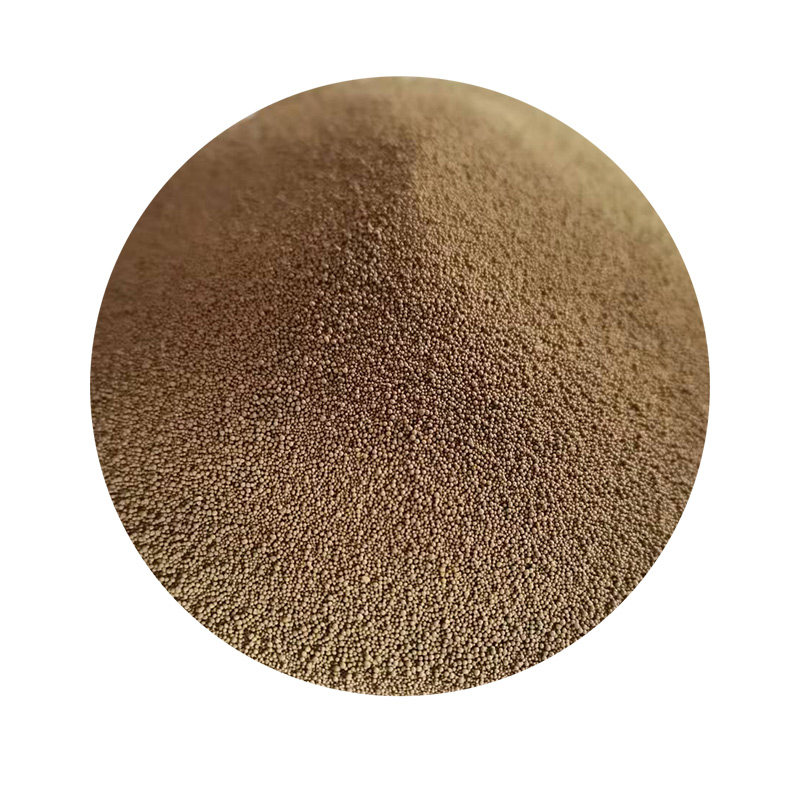How to Sand 3D Prints A Comprehensive Guide
Sanding 3D prints can be an essential part of the finishing process, especially if you want to achieve a smooth and polished look on your models. Whether you’re preparing for painting, assembly, or simply seeking a more refined aesthetic, sanding can significantly enhance the quality of your prints. In this article, we will explore the techniques, tips, and tools required to effectively sand 3D prints.
Understanding the Need for Sanding
3D printed objects often exhibit visible layer lines, imperfections, or rough textures depending on the printing method used. While some printing technologies, such as SLA (Stereolithography), yield smoother surfaces, FDM (Fused Deposition Modeling) prints typically show more pronounced layers. Sanding helps to eliminate these inconsistencies, allowing for better adhesion of paint and a more appealing finish.
Tools and Materials Required
Before embarking on your sanding journey, gather the necessary tools and materials
1. Sandpaper Use varying grits of sandpaper, starting from a coarser grit (like 80 or 120) and progressing to finer grits (up to 2000). 2. Sanding Block This provides even pressure and helps maintain flat surfaces. 3. Water or Liquid Lubricant Wet sanding with water can prevent dust and reduce the risk of overheating the plastic. 4. Dust Mask and Safety Glasses Protect yourself from inhaling fine particles and ensure eye safety. 5. Cleaning Supplies A soft brush or cloth to remove dust between sanding sessions.
The Sanding Process
Step 1 Preparing the Print
Begin by detaching any supports or rafts from your print. Use a hobby knife for precision. Inspect the model for any defects, such as stringing or blobs. Removing these imperfections will make sanding more effective.
Step 2 Start with Coarse Grit
how to sand 3d prints

Begin sanding with a coarse grit sandpaper (80-120 grit). Apply even pressure and sand in a consistent direction, preferably with the grain of the print. If you’re sanding a curved or complex surface, use a sanding block to maintain an even application of pressure. Focus on high spots and layer lines, taking care not to over-sand, which could damage the model’s details.
Step 3 Progress to Medium Grit
Once the major imperfections have been smoothed out, switch to a medium grit sandpaper (around 150-220 grit). This step is crucial for refining the surface even further. Ensure that you frequently check your work, as it’s easy to sand too much if you’re not careful.
Step 4 Fine Grit Finishing
For the final sanding, use fine grit sandpaper (400-2000 grit). Here, the goal is to achieve a smooth surface. You can also opt for wet sanding in this stage, as it minimizes dust and can yield a superior finish. Remember to keep the surface damp while sanding, and use gentle pressure.
Step 5 Cleaning the Surface
After sanding, clean the model with a soft brush or damp cloth to remove any dust particles. Ensure that the surface is dry before proceeding to prime or paint.
Tips for Effective Sanding
1. Be Patient Sanding can be a time-consuming process. Rushing can lead to mistakes or uneven surfaces. 2. Test on Scraps If you have extra prints or material, practice sanding on these first to get a feel for the process. 3. Use the Right Technique For flat surfaces, sand in straight lines. For curves, utilize a circular motion or conform your sandpaper to the contour of the model. 4. Monitor Temperature Overheating can warp your print. If you feel the model getting warm, take a break to let it cool.
Conclusion
Sanding your 3D prints is a crucial step in achieving a professional look. By using the right tools, techniques, and patience, you can transform your 3D printed models from rough prototypes into stunning displays. Whether you’re preparing for painting or just want a smoother finish, mastering the art of sanding can take your 3D printing projects to the next level. Happy sanding!
Post time:lis . 10, 2024 20:54
Next:sand castings supplier
